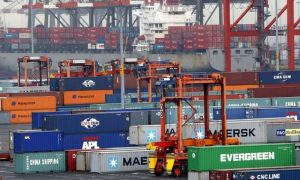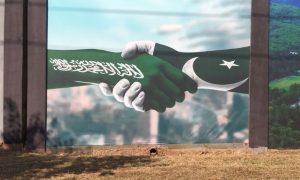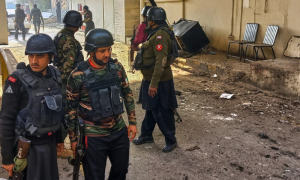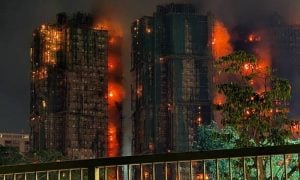SWAT, Pakistan: Once revered as a cradle of civilisation and natural beauty, the River Swat — known as Suvastu in the ancient Rigveda — now struggles for survival.
Stretching approximately 320 kilometres through the valley — from Gabral and Matiltan valleys in Kalam to Nisata in Charsadda district near Peshawar — the river has long been intertwined with the cultural and religious fabric of South Asia.
Today, this glacier-fed river has deteriorated into a dumping ground and battleground for political interests, unchecked development, and environmental neglect.
A river of civilisations
“The name Swat is derived from Suvastu, the Sanskrit name given by early Aryans to its majestic river, meaning good dwelling place,” explains Edwin Koo, a Singaporean photographer and author of Paradise, a photographic monograph on the Swat Valley.
Ancient texts such as the Rigveda—which contains hymns central to early Hindu thought and rituals — and Greek records from the time of Alexander the Great describe the river as both a strategic and sacred route.
Alexander is believed to have crossed the River Swat with his army before conquering Odigram and Barikot.
Prof. Dr Luca Maria Oivieri — head of the Italian Archaeological Mission in Pakistan — notes that the river “is mentioned in the Rigveda as Suvastu, which literally means the river on which settlements can be made.”
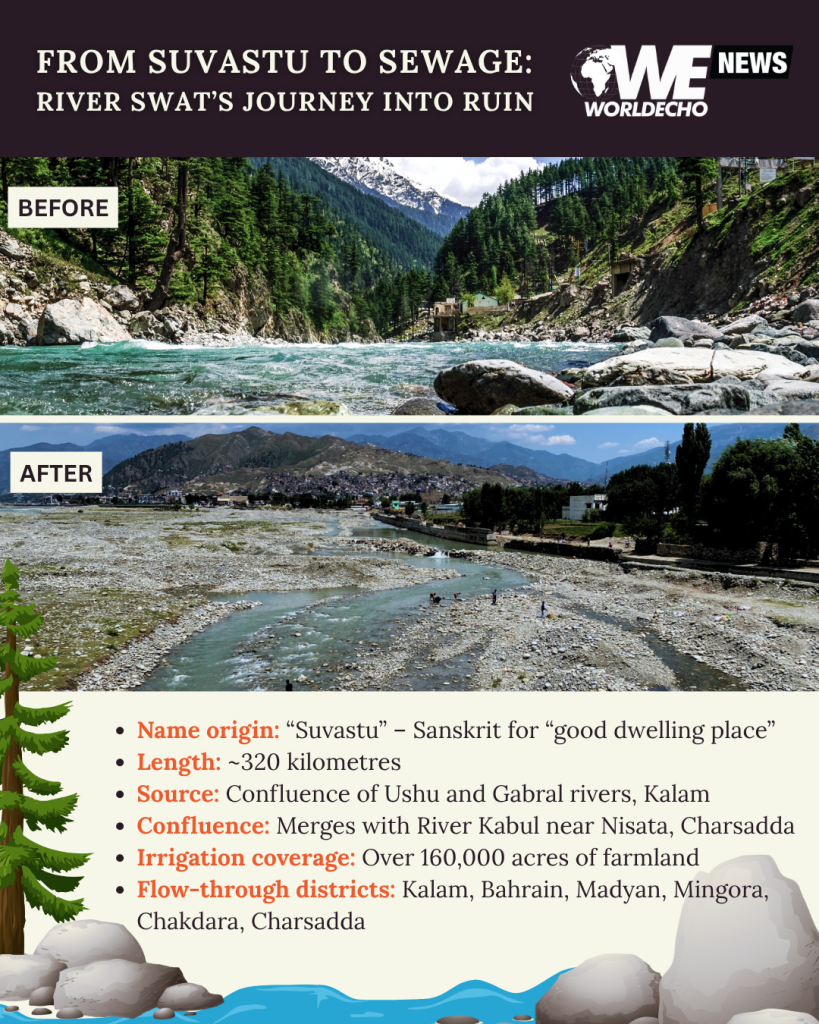
Today, the River Swat continues to support both life and livelihood. Originating from the snow-fed confluence of the Ushu and Gabral rivers in Kalam, it stretches approximately 320 kilometres long to its confluence with the River Kabul near Nisatta in Charsadda.
Flowing through the agricultural heartland of Swat, it irrigates more than 160,000 acres of farmland, according to data from the Khyber Pakhtunkhwa Agriculture Department.
The name Swat is derived from Suvastu, the Sanskrit name given by early Aryans to its majestic river, meaning good dwelling place.” – Edwin Koo, a Singaporean photographer and author.
The river also plays a vital role in aquaculture. “Locals have built hundreds of fish farms where they breed trout to earn a good income,” observes Zubair Khan, a social activist based in Madyan.
Fishing is not just a livelihood, it is also a cultural tradition. In summer, the riverbanks transform into vibrant social spaces for tourists and locals.
“When it’s hot, it’s hard-pressed to find even a spot to sit along the bank,” shares Amjad Ali, a resident of Mingora. “At night, families gather to relax, eat, and enjoy the breeze.”
The river also serves as a popular tourist destination at various spots from Mingora to Kalam, where local and national tourists enjoy food and music, the cool breeze, and refreshing waters — a welcome escape during summer months.
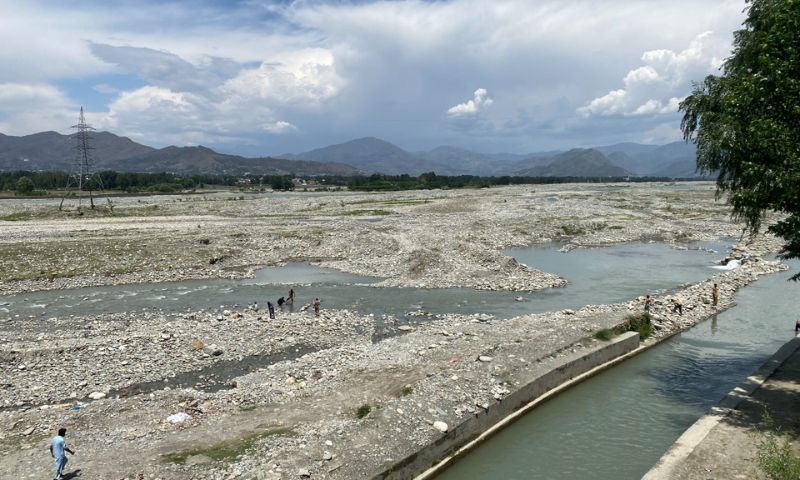
Yet beneath this cultural vibrancy lies an unfolding environmental tragedy.
Rampant river encroachments
In recent decades, powerful landlords, politicians, and mafias have illegally occupied land along the River Swat.
From Kalam to Chakdara — about 41 kilometres from Saidu Sharif, the junction point of Malakand, Dir, Chitral, and Swat — hundreds of illegal structures, including hotels, plazas, and private residences, have sprung up along the riverbanks.
The rampant encroachment has narrowed the river’s natural course, significantly increasing the risk of seasonal flooding.
Sher Muhammad Khan, 56, a local farmer whose home was destroyed in a past flood, recounts, “Our homes were never in harm’s way, but now the river flooded unpredictably due to encroachments that have blocked its natural course.”
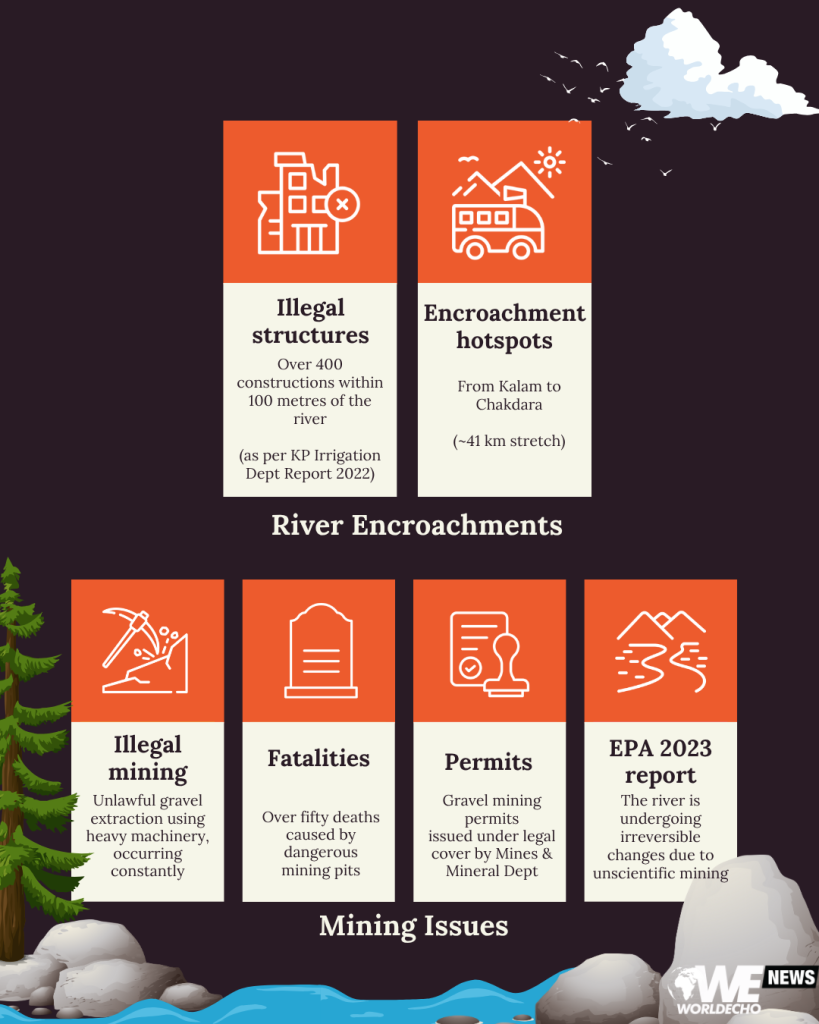
A 2022 survey by the Khyber Pakhtunkhwa Irrigation Department documented over 400 illegal constructions within 100 metres of the river’s boundary — clearly violating the River Protection Act. Yet enforcement remains weak.
Gravel mining destruction
Perhaps the most destructive activity is gravel mining — often illegal and occasionally carried out under dubious legal and administrative cover.
Day and night, trucks and heavy excavators scoop out stones and sand directly from the riverbed, in clear violation of Pakistan’s Environmental Protection Act (1997).
Locals have built hundreds of fish farms where they breed trout to earn a good income.” – Zubair Khan, a social activist.
“The deep ditches left behind are like death traps. Several people, including tourists, have drowned in these pits,” remarks Haseeb Khan, an environmentalist from Swat.
According to Rescue 1122, around 50 bodies were recovered from the river in recent years.
“Not only that, this mining destabilises the riverbanks, alters its flow, and destroys the habitat for aquatic life.”
A 2023 report by the Khyber Pakhtunkhwa Environmental Protection Agency (EPA) warned that the river is undergoing irreversible changes due to unscientific gravel extraction.
Illegal gravel mining continues openly due to the negligence of the district administration, as well as the Mines and Minerals, and Irrigation departments.
“When the district administration begins cracking down on illegal excavation, the mafia simply shifts the gravel mining to the night, but they do not stop t,” explains Azhar Ali Khan, a resident of Kabal tehsil.
He alleges that sometimes the district administration is aware of these nighttime activities but chooses to turn a blind eye.
Pollution chokes river
Adding to the river’s woes is the growing threat of pollution. As Swat’s population has surged — exceeding 2.8 million, according to the Pakistan Bureau of Statistics — so has its waste. Untreated sewage, industrial effluents, and solid garbage are routinely dumped into the river.
A recent water quality test conducted by the Water and Sanitation Services Company Mingora (WSSCS) revealed dangerously high levels of faecal coliform and heavy metals in downstream sections near Mingora and Barikot.
The deep ditches left behind are like death traps. Several people, including tourists, have drowned in these pits.” – Haseeb Khan, an environmentalist.
“The River Swat used to be drinkable just a few decades ago,” recalls Akbar Zaib of the Environmental Protection Society.
EPS, a Swat-based civil society organisation working to conserve and improve the physical, social, and cultural environment in Khyber Pakhtunkhwa. “Now, drinking it is hazardous to human health.”
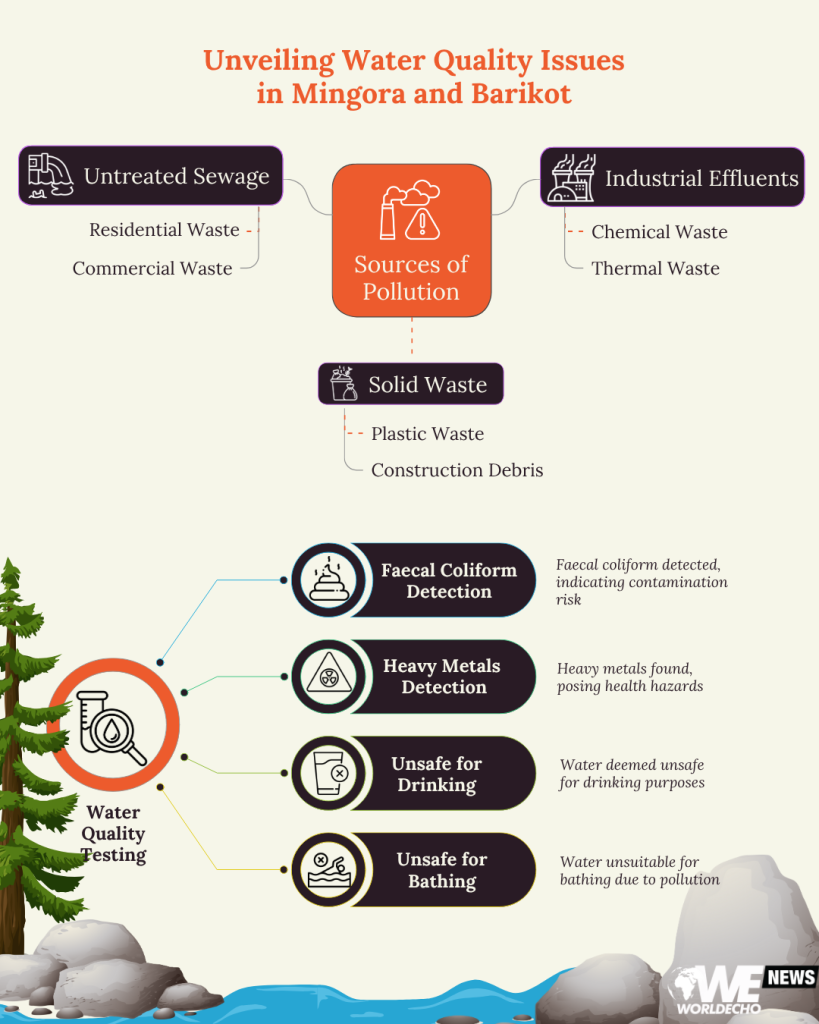
Tourists, too, have noticed the decline. “The water used to be so clear you could see the stones at the bottom,” laments Ziaur Rahman, a tourist from Karachi. “Now, all you see are plastic bottles, wrappers, and even construction debris floating by.”
Tourism takes a hit
Swat’s economy, which heavily depends on tourism, is now feeling the strain. Once-prominent tourist spots such as Fizagat, Bahrain, and Madyan are losing their charm as riverbanks are privatised or polluted.
“Most of the land along the River Swat has been captured by the land mafia, and ironically the mafia often obtain documents from the revenue department, alleges Abrar Khan, a resident of Saidu Sharif, the district headquarters of Swat.
Haji Gulzar, a sixty-five-year-old local hotelier from Bahrain, observes a visible drop in visitors. “Families from all over Pakistan once came here for fishing and riverside picnics. Now, they choose other destinations.”
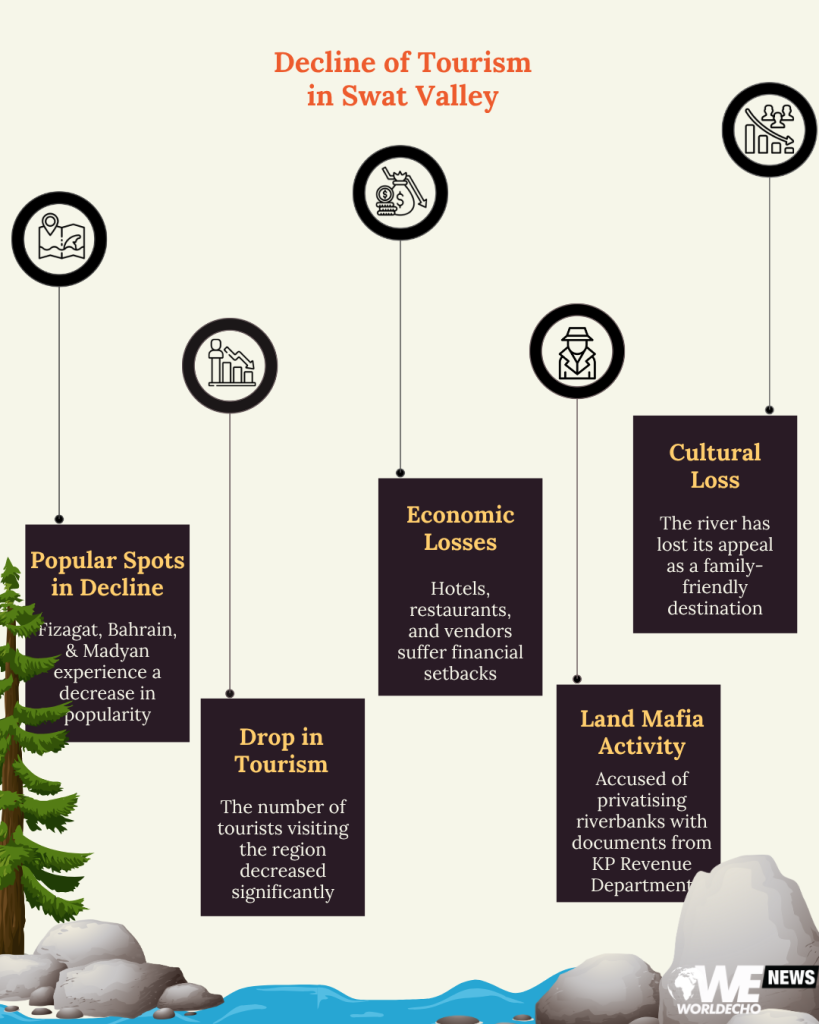
The decline in tourist traffic has caused significant economic losses — not only for hotels and restaurants but also for handicraft vendors and transporters.
Enforcement remains elusive
Despite repeated coverage and persistent civil society protests, the authorities concerned have largely failed to take decisive action to protect the River Swat.
While Section 144 or Criminal Procedure Code is occasionally imposed to curb gravel mining or encroachments, such bans are rarely enforced over the long term.
Responding to a query from this correspondent, Swat Additional Deputy Commissioner Hamid Khan Buneri states that the gravel mining firms’ contracts were legally awarded by the Mines and Mineral Department, which limits the district administration’s authority to intervene.
However, he acknowledges that contractors are required to follow the established protocols regarding excavation depth, allowable sections of the river, and riverbank preservation.
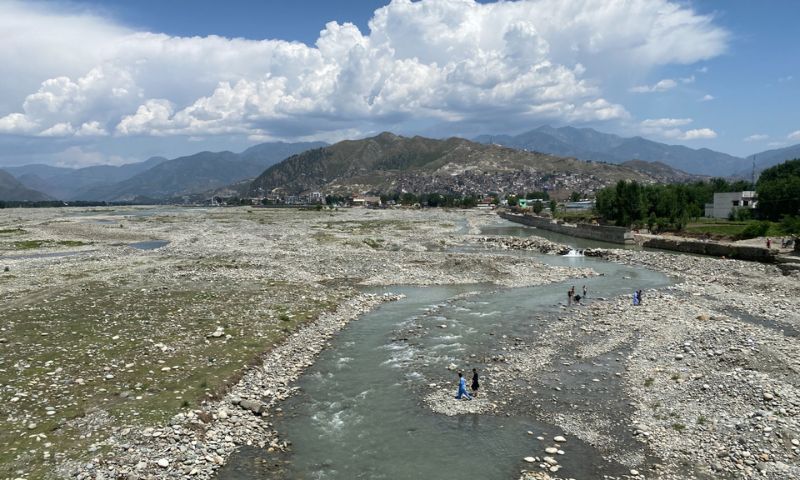
Environmental experts and local activists are calling for a comprehensive multi-tiered strategy to protect the river. Authorities must strictly enforce existing environmental and land-use laws, emphasises Imran Khan, a local environmentalist.
“This includes clearly demarcating river boundaries and removing all illegal encroachments along these vital waterways.”
He further urges a complete ban on mechanised gravel mining. “These operations must be replaced with carefully regulated, sustainable extraction methods that cause minimal ecological disruption,” he adds.
He also advocates large-scale reforestation along the riverbanks to soil and reduce erosion.
“Eco-tourism should be promoted under strict policies that prioritise the conservation of natural assets while creating sustainable livelihood opportunities for local communities,” he proposes.
“The River Swat isn’t just a body of water. It’s our identity, our economy, and our hope for the future,” concludes Zubair Khan.
If the current trajectory continues, Swat risks losing not only its vital natural resource but also the very soul of the valley that has sustained life, culture and beauty for centuries.














